Travel Motor Hydraulic Port Identification
Single Speed Final Drives

1.5T Mini Excavator
Single speed orbital type travel motor showing 2 entry ports. Note there is no need for a case drain port on this motor.
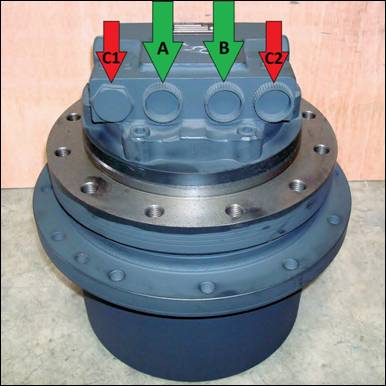
8T Mini Excavator
Integrated single speed travel motor showing 4 front entry ports. The C ports are interconnected and either can be used.
2 Speed Integrated Final Drives

3T Mini
Integrated two speed travel motor showing 5 front entry ports. The case drain ports are interconnected and either can be used.
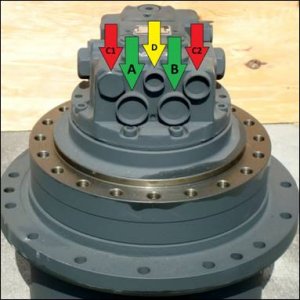
13T Excavator
Integrated two speed travel motor showing 5 front entry ports. The case drain ports are interconnected and either can be used.
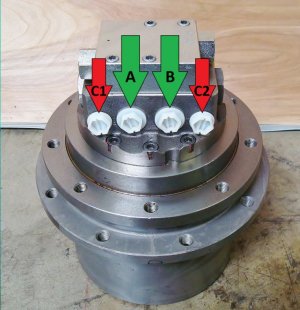
3.5T Mini
Motor showing 4 front entry ports. Either of the C ports can be used.

3.5T Mini
Integrated two speed travel motor with the two speed port to the side.
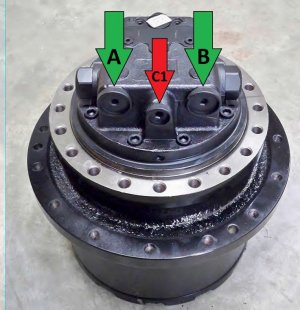
12T Excavator
Case drain port is between A/B ports.
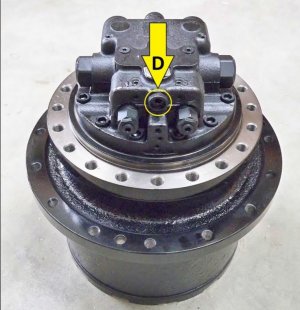
12T Excavator
The two speed port is at the rear.
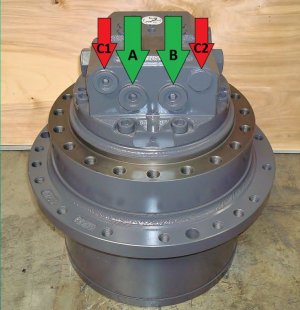
20T Excavator
Case drain ports are either side of A/B ports.
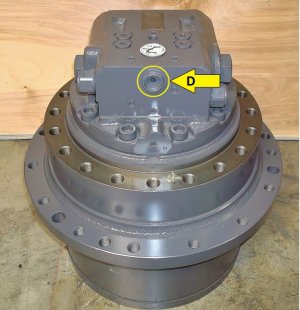
20T Excavator
The two speed port is at the rear.
Single Speed Final Drives
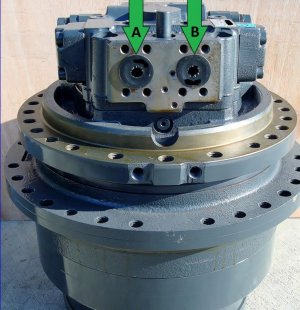
36T Excavator
'Plug in' 2 speed travel motor and gearbox.

36T Excavator
Alternative C port out of view.
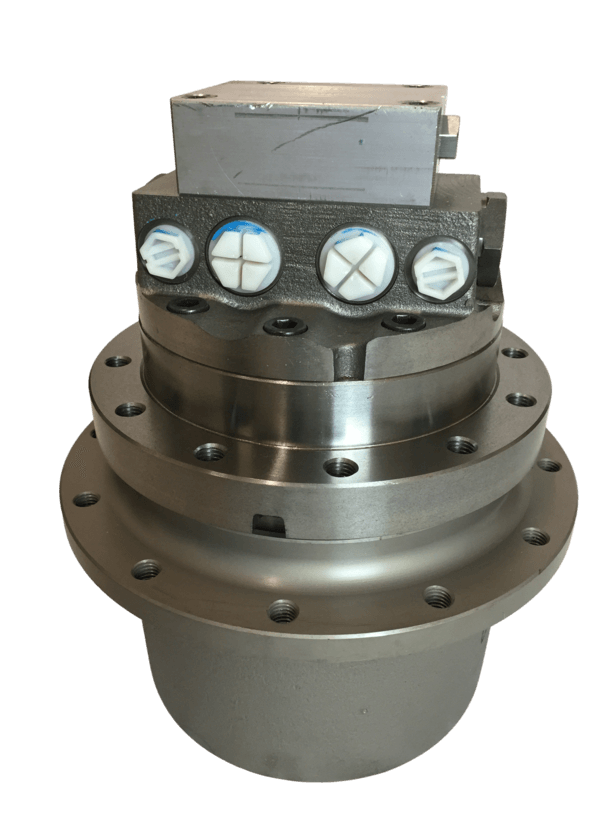

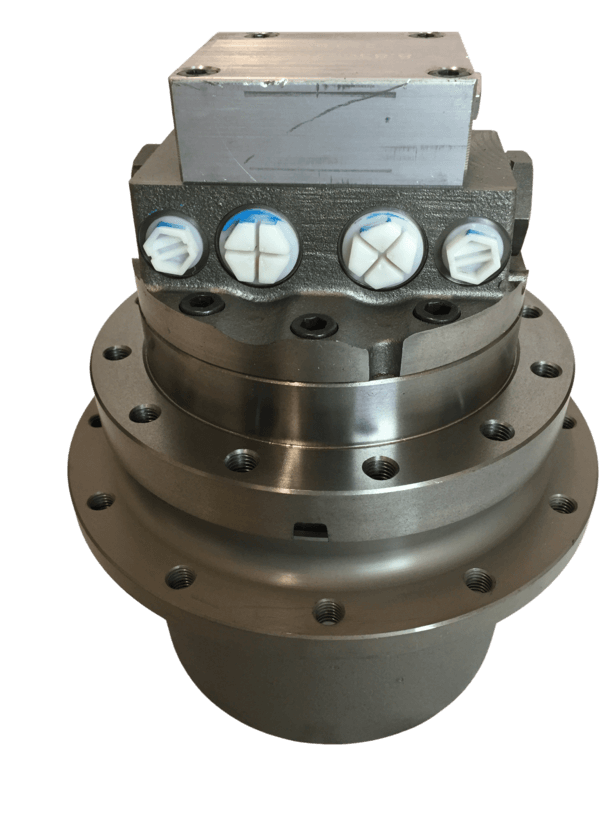
 and Dyco?
and Dyco?